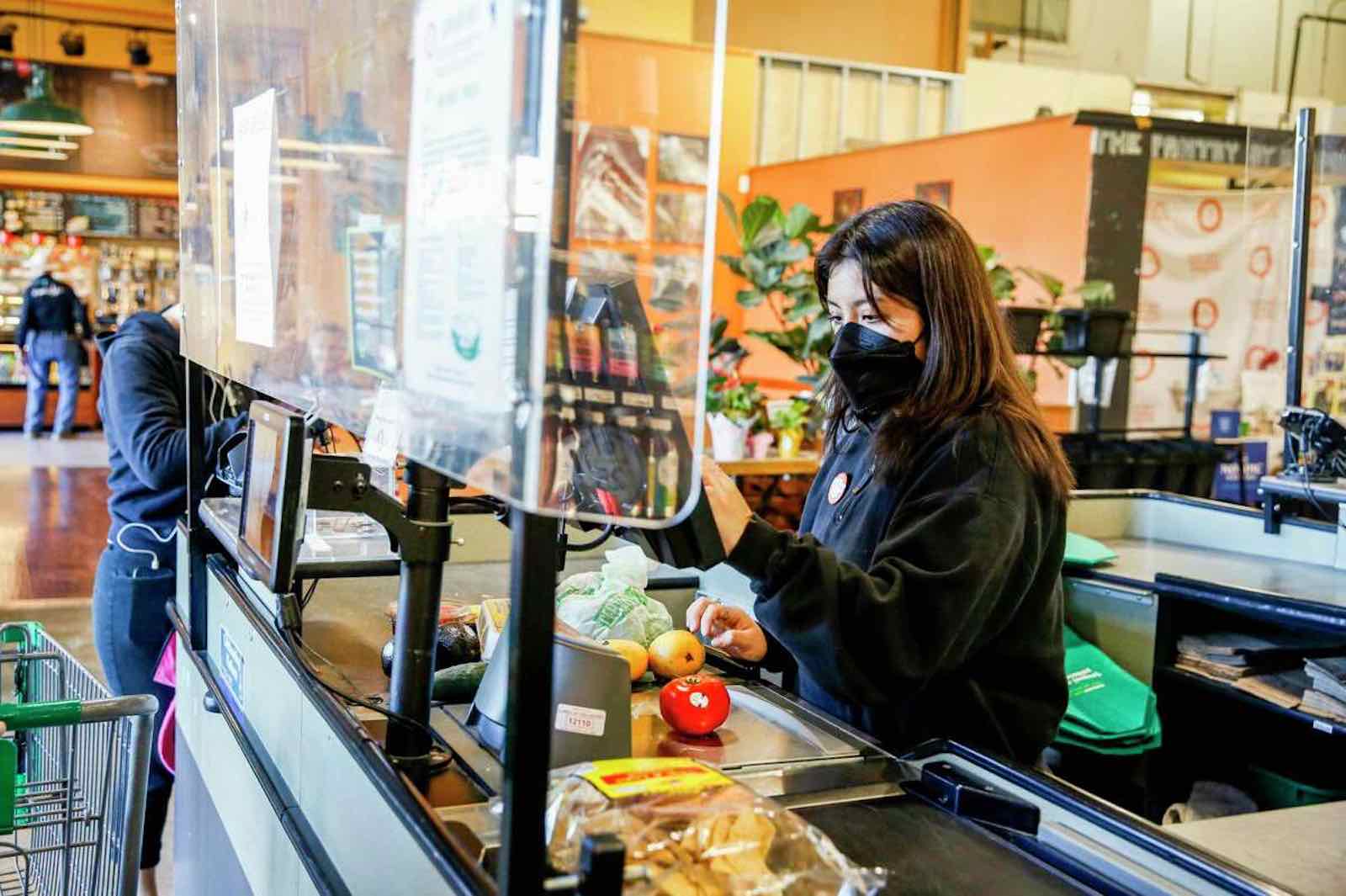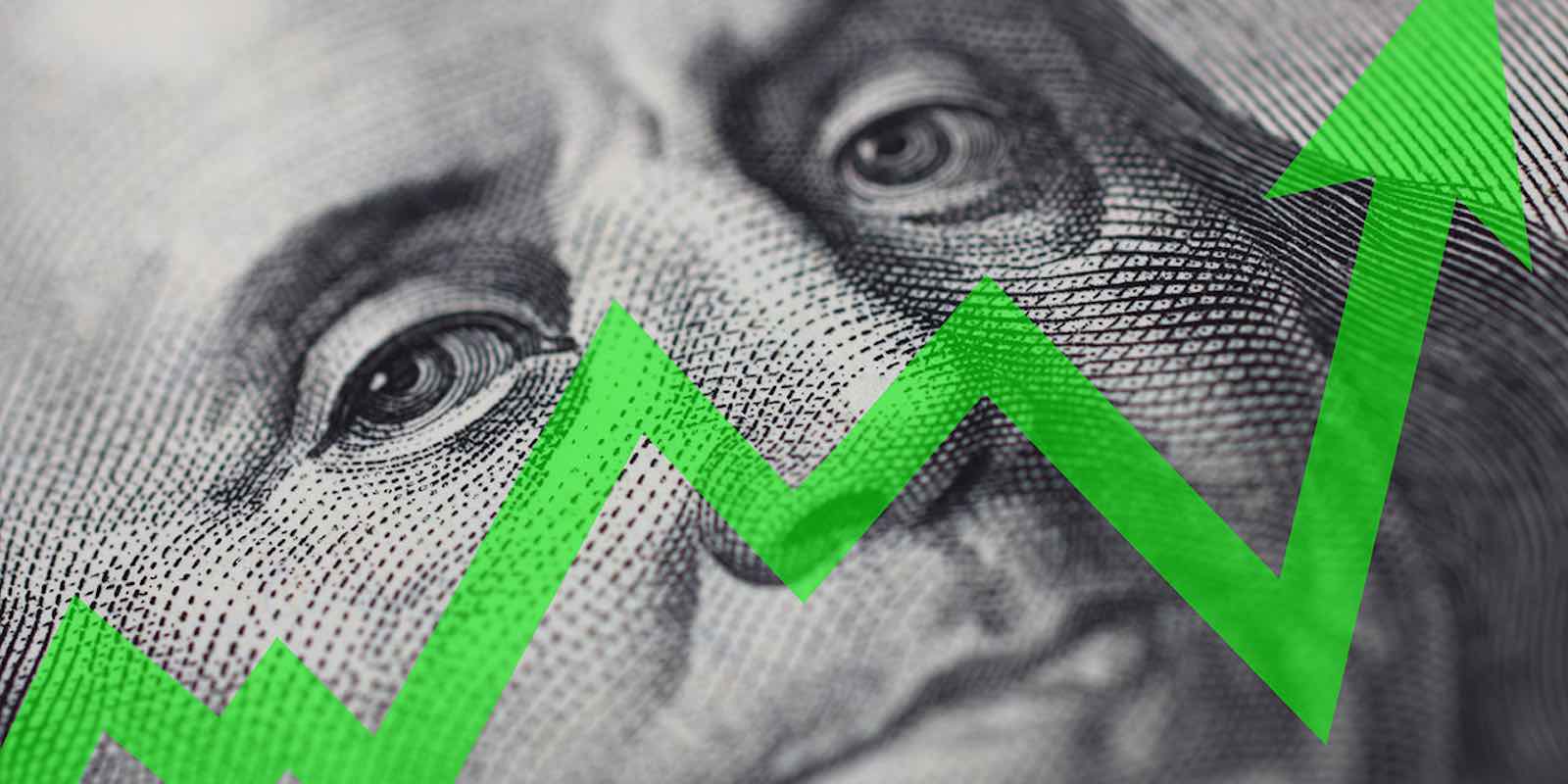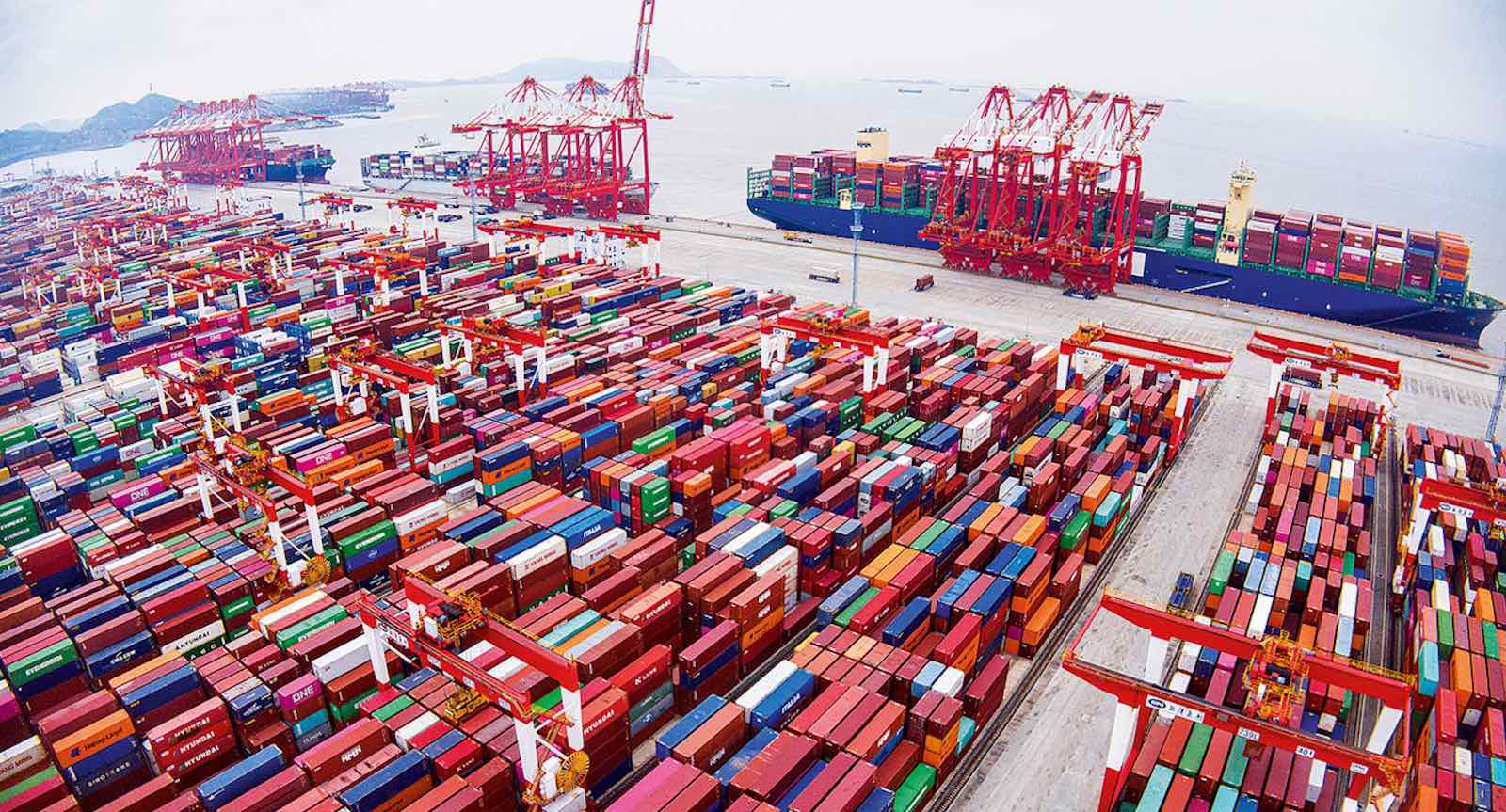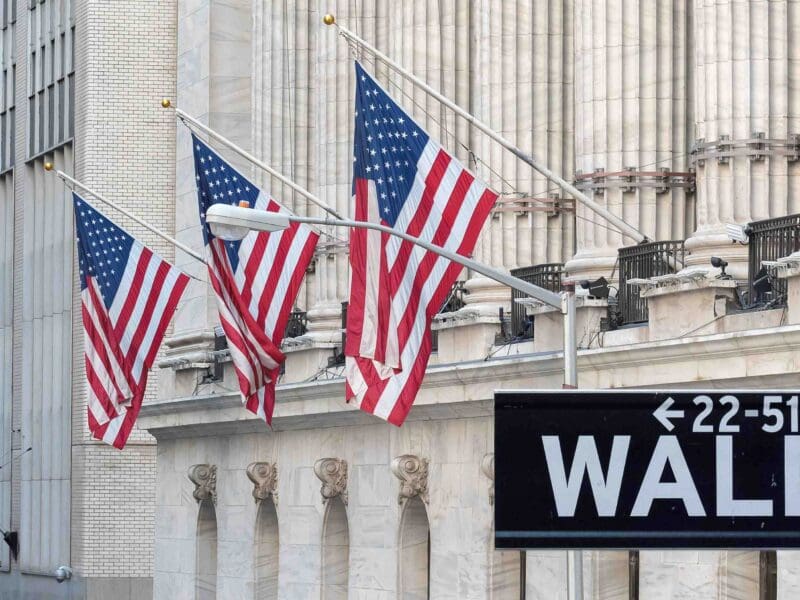
As the US inflation rate hits a 40 year high: Are poor 2021 sales to blame?
If your rent was raised recently or you noticed avocados are pricier than what you remembered, you’re not imagining it – the US inflation rate is the highest its been in over forty years. People have been pinching pennies just to pay for sky-rocketing gas prices and the overall cost of living.
Yet, it’s hard to pinpoint the cause of inflation. The reasons why prices are at an all-time high can vary in combination with international foreign relations (like the effects of war). Labor shortages, COVID-19, and increased demand for goods have all wreaked havoc on supply chains. When demand remains elevated, a shortage of supplies becomes a recipe for higher prices.
There’s also us, the consumer. In a capitalist country, buying things is almost part of the culture. So how have our spending habits affected inflation? Are poor 2021 sales to blame? Let’s dive into it.

Supply & demand: Factories on lockdown in 2021
In the spring of 2020, the world was hit by a global pandemic and everyone’s lives were uprooted. Every country then experienced a nationwide shutdown, creating massive effects on the economy.
Most recently, Congress & President Biden passed a historic $1.9 trillion stimulus bill in March that put cash directly in Americans’ wallets. And rather than spending money on travel or dining out, we spent it on essentials. Lots and lots of it.
Demand went from zero to 100, but supplies couldn’t bounce back so easily. Factories were on lockdown or navigating COVID-19 restrictions, and raw materials were harder to get because of the sudden swell in demand. Shortages of just about everything cropped up, especially workers to unload goods and drive them to their destination. We’re still untangling the mess at ports around the world.

So, it turns out that sales were not necessarily the problem. Americans especially were buying products at a high rate but production could not keep up. This caused delays and hiccups in supply and demand.

Consumers and their purchasing power
A survey by the financial data group FactSet predicted that the inflation reading for March would come in at 8.4 percent year-over-year – the highest rate since December 1981 and an increase from February’s 7.9 percent.
Retail sales rates are higher than what they were before the pandemic. Everything as we know it is going up in price. From groceries, gas, and not to mention the insane real estate prices.
We all complain about inflation but many continue to gladly pay higher prices anyway. This leaves wealthy and well-to-do members of society continuing to buy and buy leading to inflation.

BankRate Chief Financial Analyst Greg McBride said in a note Friday, “Robust pay increases have been no match for the higher costs households face on rent, food, electricity, gasoline, and a pervasive list of both goods and services.” The buying power of Americans is being squeezed more and more each day, and you see this reality reflected in the dour consumer sentiment readings.

Production, politics, and global occurrences
Is the US inflation caused by poor sales in 2021? Again, it’s not the sales that are the problem as people have proved they are more than willing to wield their purchasing power. It seems that the economy’s inflation is made up of an intricate web of high demand for production, politics, and global occurrences which all went downhill beginning in 2021.
Currently, signs point to the Federal Reserve moving forward on its plans for a series of interest rate hikes to help slow the economy and fight inflation. Governments can also employ a contractionary monetary policy to fight inflation by reducing the money supply within an economy via decreased bond prices and increased interest rates.







